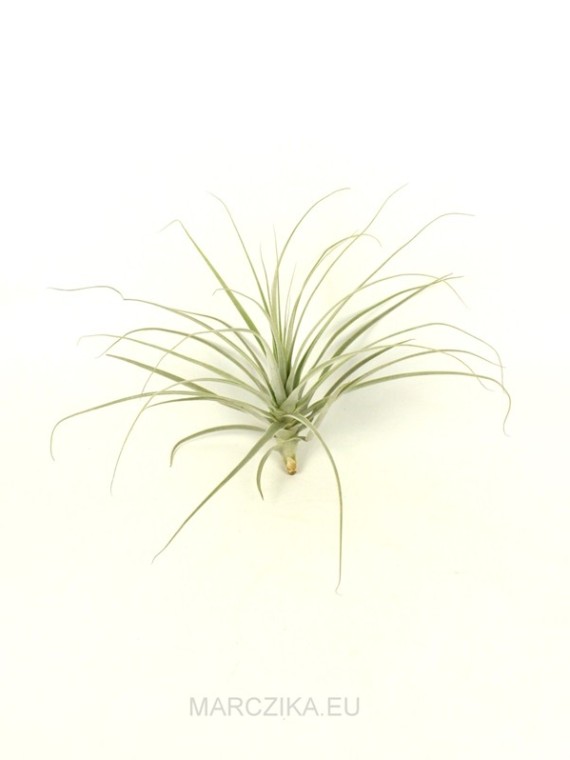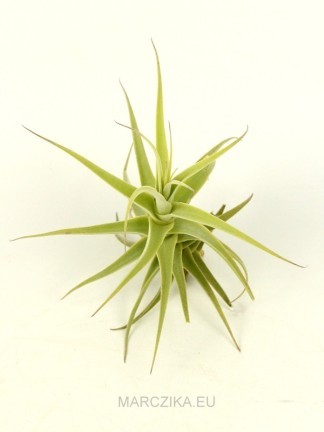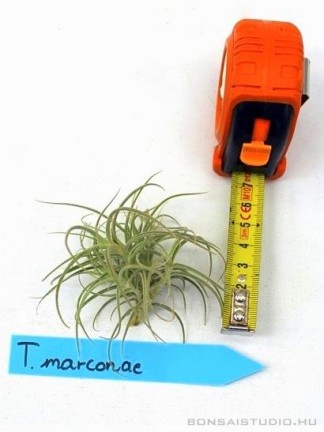Tillandsia purpurea: Homeland Ecuador and Peru live at altitudes of 0-900 meters, in some places at an altitude of 3100, xerophyta species grow on sand and rocks. Like T. latifolia and T. paleacea, it forms large colonies in the coastal sand deserts of Peru. This is quite an extreme environment because there is a lot of drought between December and April and the plants barely get water. From July to October there is only wetter weather, and the weather in May, June and November is variable. The size of the plant is usually 15 to 35 centimeters, but there are giant and mini versions as well as several clones with different looks. The leaves are symmetrical, soft, velvety to the touch and pale green in color. Its inflorescence is purple-pink, while the flowers are bluish-purple and white. The flowers are fragrant and take at least a month to bloom. T. purpurea requires a lot of light and good ventilation and air movement. It tolerates drought, cold, and heat well. In winter, it can be kept dry at 5-10 ⁰C, for example with cacti. Lack of light and too much moisture together can cause danger.








